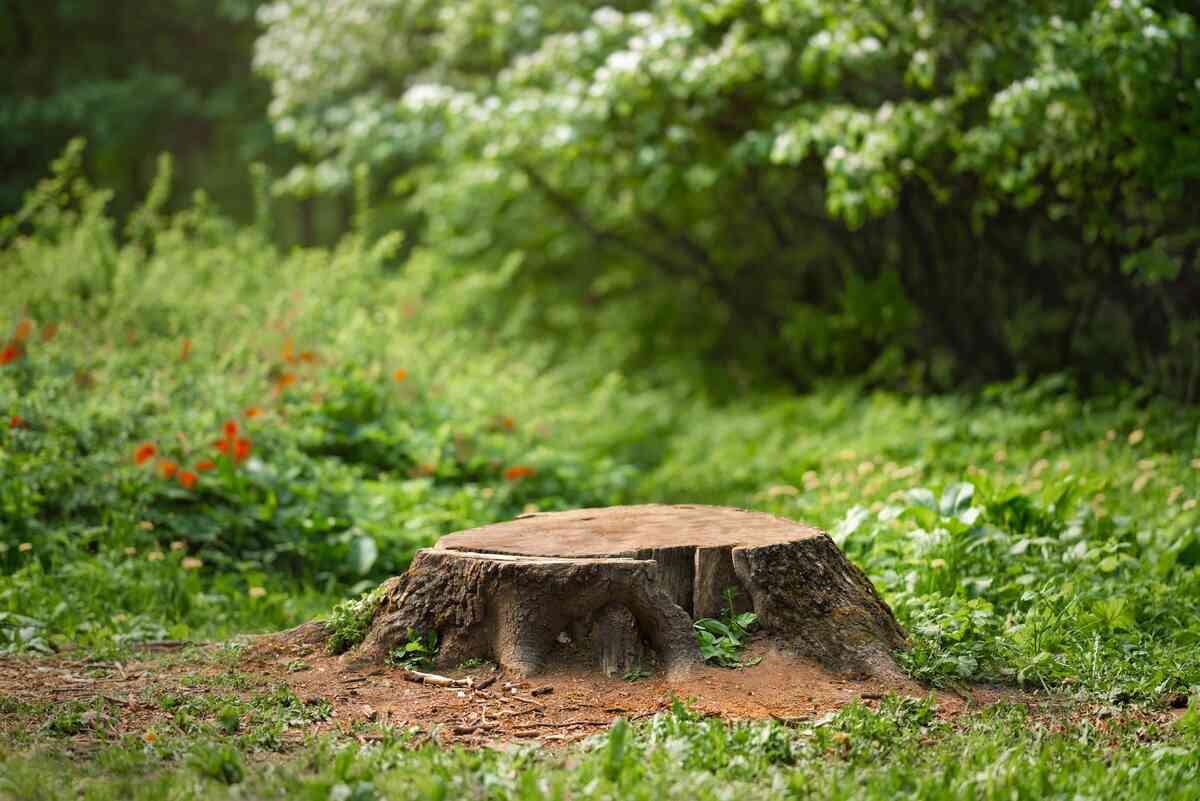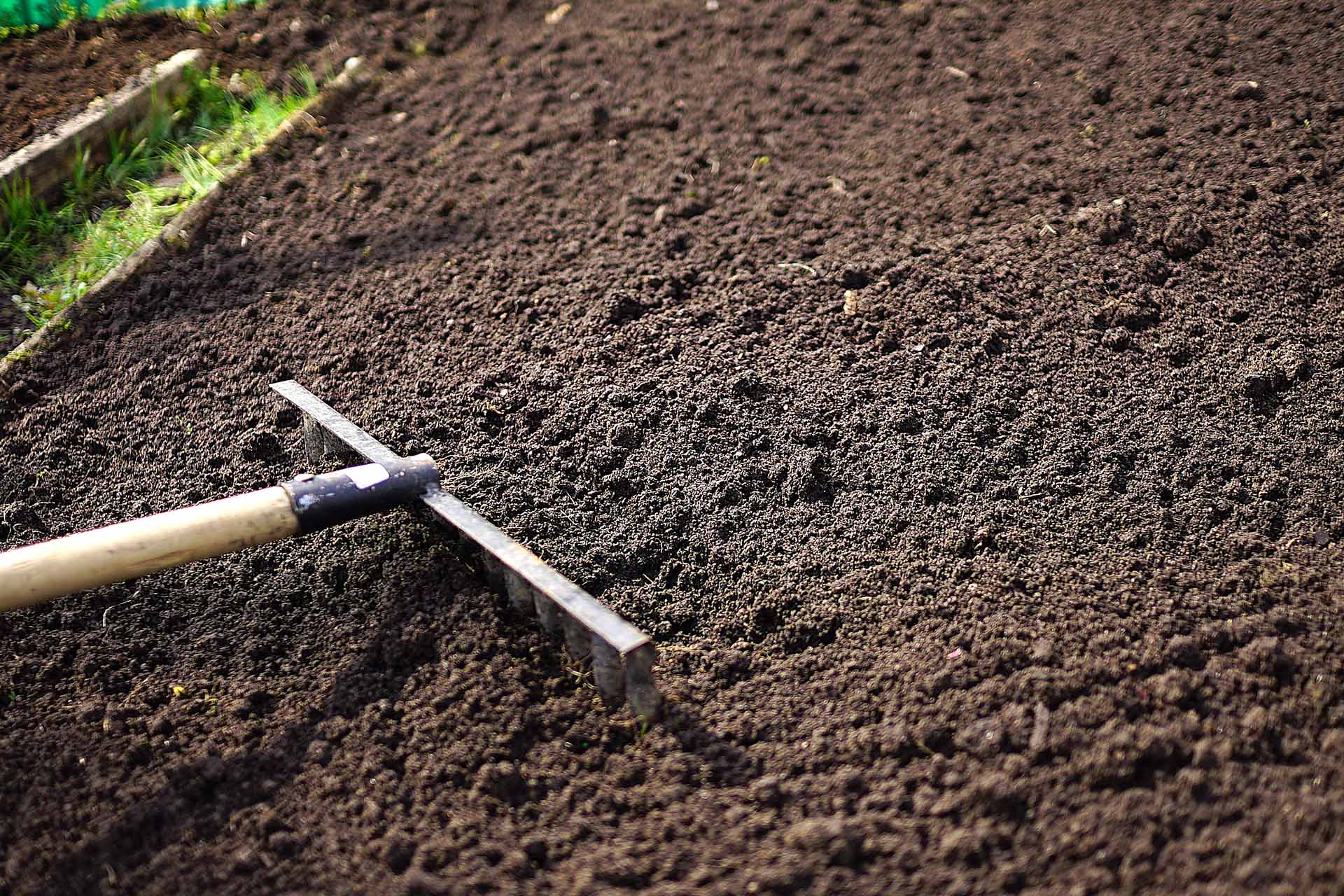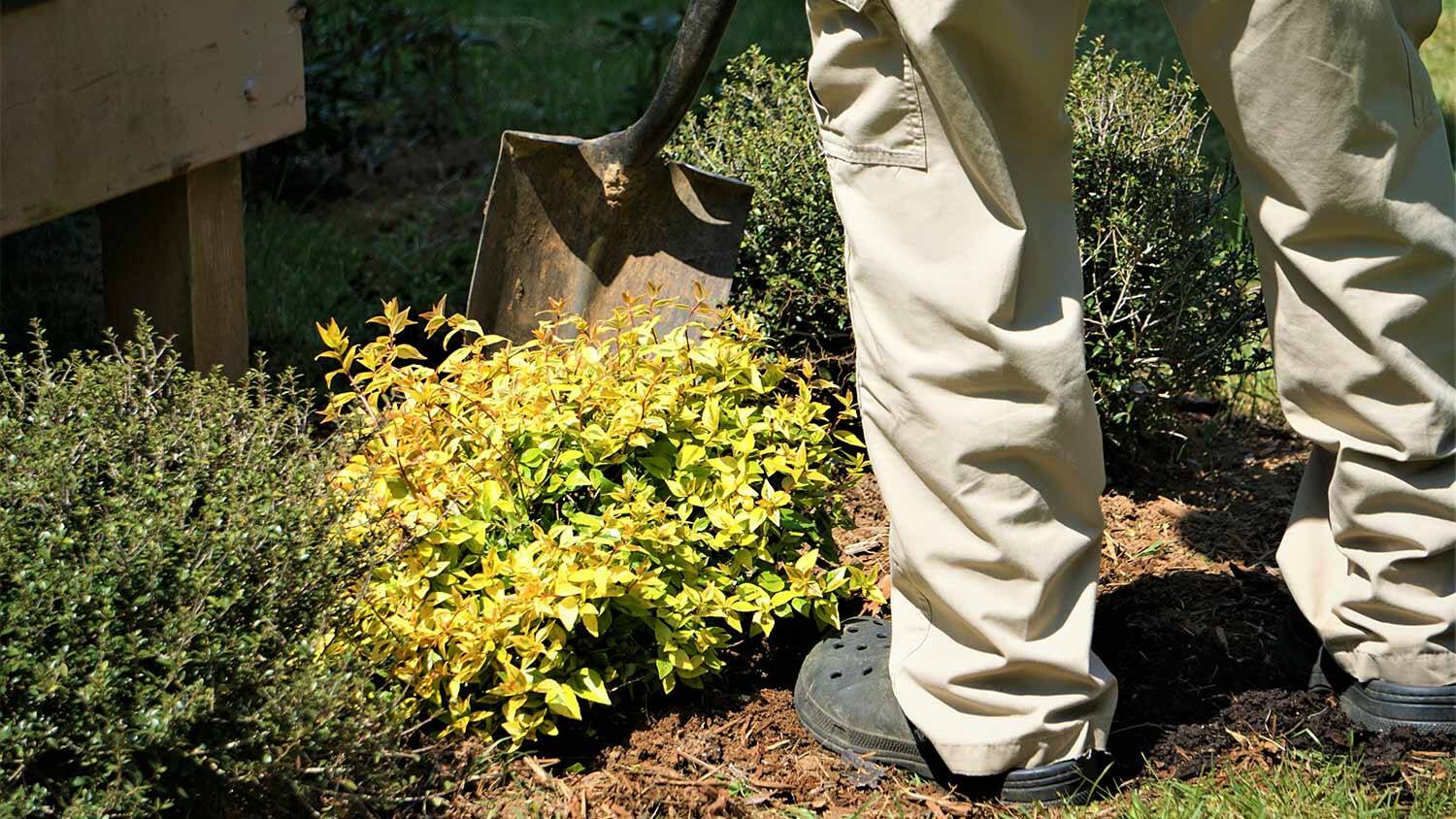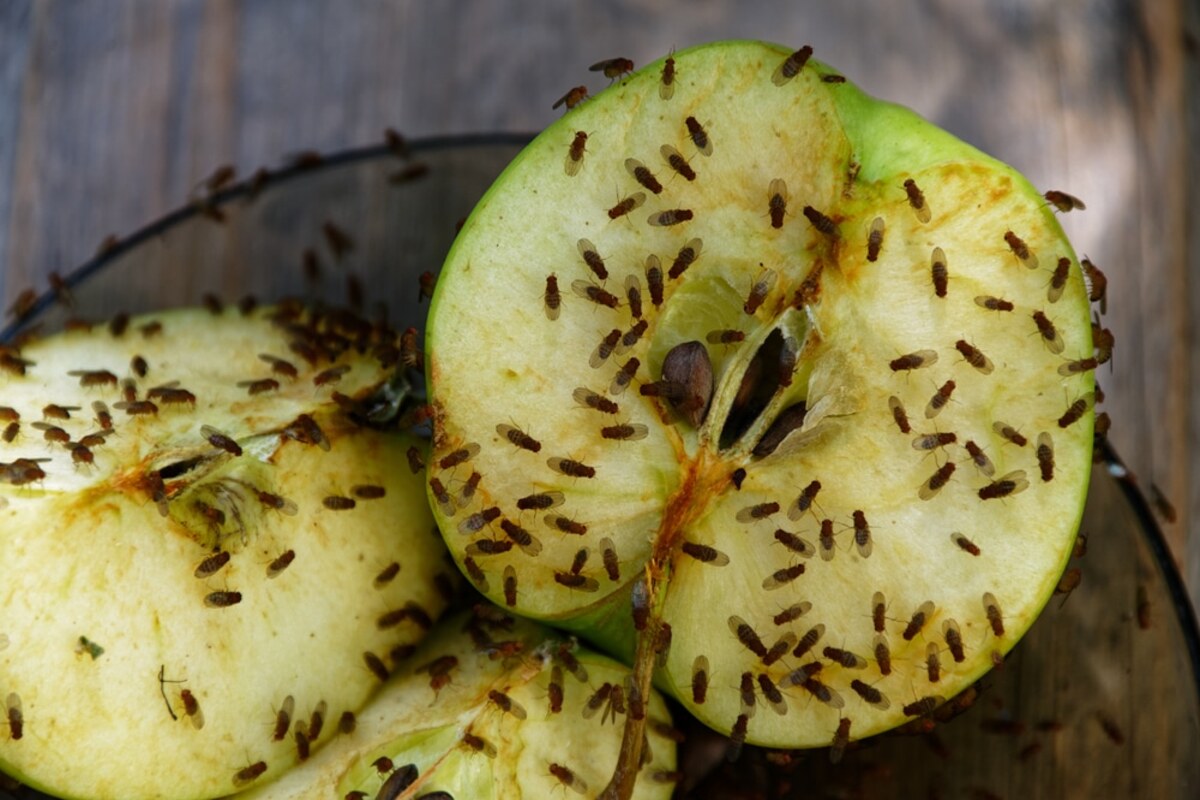Home>Gardening Tips and Tricks>Problem Solving>How To Get Rid Of Mealy Bugs On Succulents
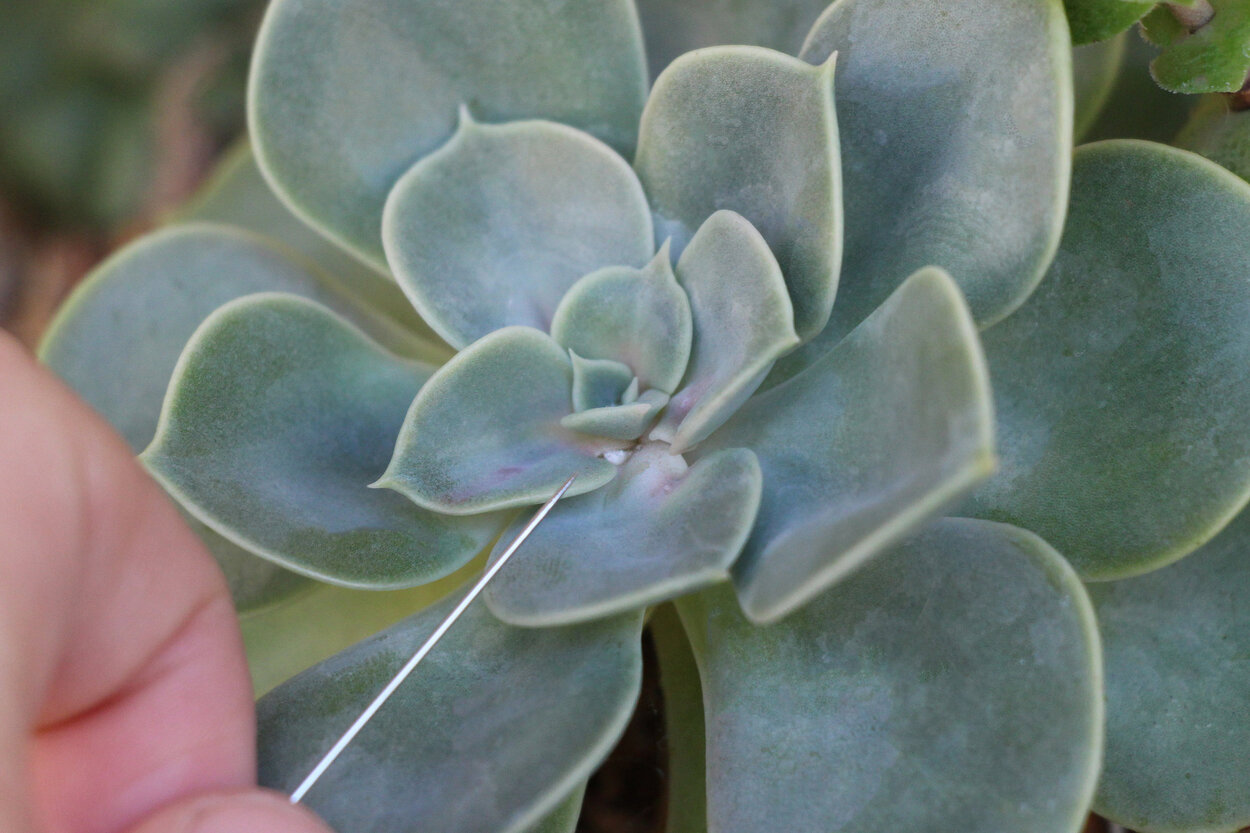

Problem Solving
How To Get Rid Of Mealy Bugs On Succulents
Published: December 24, 2023
Looking for a solution to get rid of mealy bugs on your succulents? Our problem-solving guide will help you tackle this pesky problem and restore the health of your plants.
(Many of the links in this article redirect to a specific reviewed product. Your purchase of these products through affiliate links helps to generate commission for Chicagolandgardening.com, at no extra cost. Learn more)
Table of Contents
Introduction
Succulents are known for their beautiful and resilient nature, making them a popular choice for both indoor and outdoor gardens. However, even these hardy plants can fall victim to pesky pests like mealy bugs. These tiny insects, resembling small bits of cotton, can quickly infest your succulents and cause significant damage if not addressed promptly.
In this article, we will discuss the various methods for getting rid of mealy bugs on succulents. Whether you are a seasoned plant enthusiast or a beginner, understanding how to deal with this common pest is essential for maintaining the health and beauty of your succulent collection.
We will start by gaining an understanding of what mealy bugs are and how to identify signs of infestation. We will then explore preventive measures to keep these bugs at bay and discuss natural and chemical solutions for eliminating mealy bugs from your plants. Additionally, we will provide step-by-step instructions on how to remove mealy bugs from your succulents and offer tips for caring for your plants after an infestation.
So, if you are ready to arm yourself with knowledge and take action against these troublesome insects, let’s dive into the world of mealy bugs and discover effective solutions to free your succulents from their unwelcome grasp.
Understanding Mealy Bugs
Mealy bugs are small, soft-bodied insects that belong to the family Pseudococcidae. They are common garden pests that can affect a wide range of plants, including succulents. These pests are often found clustered together in a white, waxy substance, resembling tiny bits of cotton.
Female mealy bugs are typically wingless and lay their eggs in a cottony mass or protective covering. The eggs hatch into nymphs, which mature into adults within a few weeks. Male mealy bugs are small, winged insects that are rarely seen, as their main purpose is to mate with the females.
Mealy bugs feed on the sap of plants by piercing the plant’s tissue with their mouthparts. They extract the plant’s fluids, causing damage to the leaves, stems, and even the roots. This can result in stunted growth, yellowing or wilting foliage, and ultimately, the death of the plant if left untreated.
These pests reproduce quickly and can spread from plant to plant, making it crucial to identify and address an infestation as early as possible. Understanding the life cycle and habits of mealy bugs will help you develop effective strategies for eliminating and preventing their presence on your succulents.
It’s important to note that mealy bugs are not limited to outdoor gardens. They can also infest indoor plants, especially if other infested plants are brought indoors. Therefore, regardless of whether your succulents are grown indoors or outdoors, vigilance is key to ensuring their health and survival.
Now that we have a basic understanding of mealy bugs, let’s move on to the next section, where we will explore the signs of mealy bug infestation and how to identify them.
Signs of Mealy Bug Infestation
Identifying a mealy bug infestation on your succulents is crucial for taking immediate action to prevent further damage. While these pests are small and can be easily missed, there are several signs to watch out for:
- Cotton-like Clusters: Mealy bugs are covered in a white, cottony substance that resembles bits of cotton. This waxy material serves as their protective covering and helps them cling to the plant.
- Sticky Residue: As mealy bugs feed on the sap of the succulent, they excrete a sticky substance known as honeydew. This residue can attract ants and promote the growth of sooty mold, which appears as a dark, powdery coating.
- Yellowing or Wilting Foliage: A tell-tale sign of mealy bug infestation is a change in the appearance of the leaves. Affected leaves may yellow, wilt, or become distorted due to the damage caused by these pests.
- Stunted Growth: Mealy bugs extract vital nutrients from the succulent, depriving it of the resources it needs to grow. As a result, you may notice stunted growth or a lack of new growth in infested plants.
- Affected Plant Parts: Mealy bugs are not limited to a specific area of the plant. They can infest various parts, including leaves, stems, flowers, and even the roots. Inspect your succulents thoroughly to identify any signs of infestation.
Regularly inspecting your succulents and being aware of these signs will help you catch a mealy bug infestation early on, allowing for swift intervention and control. Remember that prevention and early detection are key in keeping your succulents healthy and free from these unwanted visitors.
In the next section, we will discuss preventive measures that can help you avoid mealy bug infestations in the first place.
Preventing Mealy Bug Infestation
Prevention is the first line of defense when it comes to mealy bugs on succulents. By implementing preventative measures, you can minimize the risk of infestation and keep your plants healthy. Here are some practical steps to prevent mealy bug infestation:
- Quarantine New Plants: Before bringing new succulents into your existing collection, it’s important to quarantine them for a few weeks. This allows you to closely monitor the plants for any signs of mealy bugs or other pests. Keep them in a separate area away from your other plants during this observation period.
- Maintain Proper Air Circulation: Mealy bugs thrive in humid conditions. Ensure proper air circulation around your succulents by spacing them out and avoiding overcrowding. This will help reduce the humidity levels and create a less favorable environment for mealy bugs.
- Inspect Regularly: Make it a habit to regularly inspect your succulents for any signs of mealy bugs or other pests. Pay close attention to hidden areas such as the undersides of leaves, the base of the plant, and the junction between the stem and the soil.
- Remove Debris: Mealy bugs can hide and lay eggs in plant debris such as fallen leaves or dead plant matter. Promptly remove any debris around your succulents to eliminate potential hiding spots for these pests.
- Avoid Overwatering: Overwatering can create conditions that promote the growth of mealy bugs. Succulents prefer well-draining soil, so ensure you water them sparingly and allow the soil to dry out between waterings.
- Natural Predators: Encourage beneficial insects, such as ladybugs and lacewings, in your garden. These natural predators will feed on mealy bugs and help to keep their population in check.
- Neem Oil Spray: Using a neem oil spray can act as a deterrent and prevent mealy bugs from infesting your succulents. Dilute the neem oil as per the instructions on the product label and spray it on your plants regularly.
By implementing these preventive measures, you can create an environment that is less inviting to mealy bugs. Remember, it’s always easier to prevent an infestation than to deal with one. However, if despite your best efforts, your succulents become infested with mealy bugs, don’t worry. In the following sections, we will discuss natural and chemical solutions for getting rid of these pests.
Natural Remedies for Mealy Bugs
When it comes to eliminating mealy bugs from your succulents, natural remedies can be an effective and eco-friendly option. Here are some natural remedies you can try:
- Isopropyl Alcohol: Mix a solution of 70% isopropyl alcohol and 30% water. Use a cotton swab dipped in the solution to gently dab the mealy bugs. The alcohol helps dissolve their protective waxy coating and dehydrates them.
- Dish Soap Solution: Create a mild soapy solution by mixing a few drops of dish soap with water. Spray this solution directly on the affected areas of the succulent, making sure to coat the mealy bugs thoroughly. Leave it on for a few hours before rinsing off with water.
- Neem Oil: Neem oil is a natural insecticide that can be effective against mealy bugs. Dilute neem oil according to the instructions on the product label and spray it onto the plants, focusing on the areas where mealy bugs are present. Repeat every seven to ten days until the infestation is under control.
- Beneficial Insects: Introduce natural predators into your garden that feed on mealy bugs. Ladybugs and lacewings are known to be voracious eaters of these pests. You can purchase them online or at garden centers and release them near the infested succulents.
- Physically Remove the Bugs: For small infestations, you can manually remove the mealy bugs using a cotton swab or a soft brush dipped in isopropyl alcohol or soapy water. Gently wipe or brush off the bugs from the affected areas of the plant.
While natural remedies are effective, they may require repeated applications to completely eliminate mealy bugs. It’s important to be consistent and diligent in your treatment to ensure the success of these natural methods.
However, in some cases, a severe mealy bug infestation may require the use of chemical solutions. In the next section, we will explore some chemical options for dealing with these persistent pests.
Chemical Solutions for Mealy Bugs
While natural remedies can be effective in controlling mealy bugs, there may be instances where a stronger approach is needed. In such cases, chemical solutions can provide a more aggressive treatment method. Here are some common chemical options for dealing with mealy bugs:
- Insecticidal Soap: Insecticidal soaps are specifically formulated to kill soft-bodied insects like mealy bugs. Follow the instructions on the product label and thoroughly spray the affected succulents, making sure to cover all surfaces, including the undersides of the leaves. Repeat the application as necessary.
- Systemic Insecticides: Systemic insecticides are absorbed by the plant and transported through the vascular system. This makes them an effective option for targeting mealy bugs that may be hidden deep within the plant or in hard-to-reach areas. Follow the instructions carefully and apply according to the recommended dosage.
- Botanical Insecticides: Botanical insecticides, derived from plants, are another option for controlling mealy bugs. Products containing pyrethrin or neem oil have shown efficacy against these pests. Always follow the instructions on the product label and use caution when applying these chemicals.
- Systemic Granules: Systemic granules containing imidacloprid can be applied to the soil around the base of the succulent. These granules slowly release the insecticide, which is taken up by the roots and distributed throughout the plant. This provides long-lasting protection against mealy bugs.
- Avoid Overuse: When using chemical solutions, it is important to follow the instructions and avoid overusing the product. Overexposure to chemicals can harm the succulent and potentially lead to other issues.
Before resorting to chemical solutions, consider trying natural remedies first. However, if the infestation is severe or persists despite natural methods, chemical options can provide a more aggressive approach to eliminate mealy bugs from your succulents.
It’s important to exercise caution when using chemicals and follow the instructions diligently to ensure the safety of yourself, the environment, and your plants. In the next section, we will discuss the step-by-step process of removing mealy bugs from your succulents.
Removing Mealy Bugs from Succulents
Once you’ve identified a mealy bug infestation on your succulents, it’s important to take immediate action to remove the pests and prevent further damage. Follow these step-by-step instructions to effectively remove mealy bugs from your succulents:
- Isolate the Infested Plants: As soon as you notice mealy bugs on one of your succulents, separate it from the rest of your plants to prevent the infestation from spreading.
- Inspect Thoroughly: Examine the affected plant carefully, paying close attention to the undersides of leaves, stem crevices, and root areas. Mealy bugs can hide in these hidden spots and reproduce rapidly.
- Use a Soft-Bristled Brush: Using a soft-bristled brush or a cotton swab, gently remove as many mealy bugs as possible from the plant’s surface. Be sure to dispose of any bugs that come off the plant away from the healthy plants.
- Apply Natural or Chemical Remedies: Depending on your preference, apply the natural or chemical remedies discussed earlier to target the mealy bugs directly. Follow the instructions carefully, ensuring thorough coverage of the plant.
- Monitor and Repeat: Check your succulents regularly to monitor for any signs of mealy bugs returning. If you notice any new infestations, repeat the removal and treatment process until the pests are fully eradicated.
- Improve Cultural Conditions: Mealy bugs are more likely to thrive in unfavorable conditions, such as overwatered or stressed plants. Ensure your succulents are in optimal health by providing proper lighting, well-draining soil, and appropriate watering practices.
- Practice Preventive Measures: Continue to implement the preventive measures discussed earlier to keep your succulents protected from future mealy bug infestations.
Remember that removing mealy bugs from your succulents can be a gradual process. It may take time and repeated efforts to completely eradicate these pests. Patience and consistency are key to ensuring the health and vitality of your plants.
With proper care and attention, your succulents can bounce back from a mealy bug infestation and continue to thrive. In the final section, we will discuss how to care for your succulents after dealing with mealy bugs.
Caring for Succulents after Mealy Bug Infestation
Once you have successfully removed mealy bugs from your succulents, it’s important to provide them with proper care to help them recover and prevent future infestations. Here are some essential tips for caring for your succulents after a mealy bug infestation:
- Monitor Regularly: Continue to monitor your succulents regularly for any signs of mealy bugs or other pests. Early detection is key to tackling infestations before they become severe.
- Optimal Lighting: Succulents thrive in bright, indirect light. Ensure they are placed in an area that receives the right amount of sunlight to promote healthy growth and minimize stress on the plants.
- Watering Practices: Succulents prefer well-draining soil and should be watered sparingly. Allow the soil to dry out completely between waterings to prevent overwatering and create an environment less favorable for pests.
- Fertilize Appropriately: Provide your succulents with balanced fertilizer during the growing season. Use a diluted fertilizer specifically formulated for succulents, following the instructions on the product label for proper application.
- Clean Surroundings: Maintain a clean environment by removing any fallen leaves or debris around your succulents. This reduces potential hiding spots for pests and helps keep your plants healthy.
- Maintain Airflow: Ensure proper air circulation around your succulents by spacing them out and avoiding overcrowding. Good airflow helps reduce moisture levels and prevents the buildup of humidity, which can attract pests.
- Inspect New Additions: Before introducing new succulents to your collection, thoroughly inspect them for any signs of mealy bugs or other pests. Quarantine them for a few weeks to observe for any potential infestations before placing them with your existing plants.
- Encourage Beneficial Insects: Introduce natural predators, such as ladybugs or lacewings, into your garden to help control pests naturally. Creating a balanced ecosystem can reduce the likelihood of future mealy bug infestations.
- Regular Pruning: Prune off any damaged or infected parts of your succulents to encourage new growth and prevent the spread of pests or diseases. Disinfect your tools between cuts to avoid transferring any potential pathogens.
By following these care tips, you can help your succulents recover from a mealy bug infestation and create an environment that is less attractive to pests. With proper care and maintenance, your succulents will thrive and bring beauty to your indoor or outdoor space.
Remember, prevention is key to keeping your succulents healthy and avoiding future infestations. Stay vigilant, practice good plant care, and address any issues promptly to ensure the continued well-being of your succulent collection.
Conclusion
Dealing with mealy bugs on your succulents can be a frustrating experience, but with the right knowledge and action, you can effectively eliminate these pests and protect your plants. Understanding mealy bugs, identifying signs of infestation, and implementing preventive measures are crucial for maintaining the health and beauty of your succulent collection.
Whether you choose natural remedies or chemical solutions, the key is to be consistent and thorough in your approach. Regularly inspecting your succulents, practicing good cultural conditions, and addressing any infestations promptly will help prevent mealy bugs from damaging your plants.
If you do encounter a mealy bug infestation, remember to isolate affected plants, remove the bugs manually, and apply appropriate treatments. Taking proactive steps to care for your succulents after the infestation is equally important. This includes monitoring regularly, providing optimal lighting and watering practices, maintaining cleanliness, and encouraging beneficial insects.
By following these guidelines, you can ensure the health and resilience of your succulents and minimize the risk of future mealy bug infestations.
Remember, dealing with mealy bugs requires patience and persistence. It may take time to completely eradicate these pests, but with your dedication and care, your succulents will continue to thrive and bring joy to your garden or indoor space.
So stay vigilant, educate yourself on proper succulent care, and take swift action when needed. Your efforts will be rewarded with beautiful, healthy succulents that stand the test of time.
